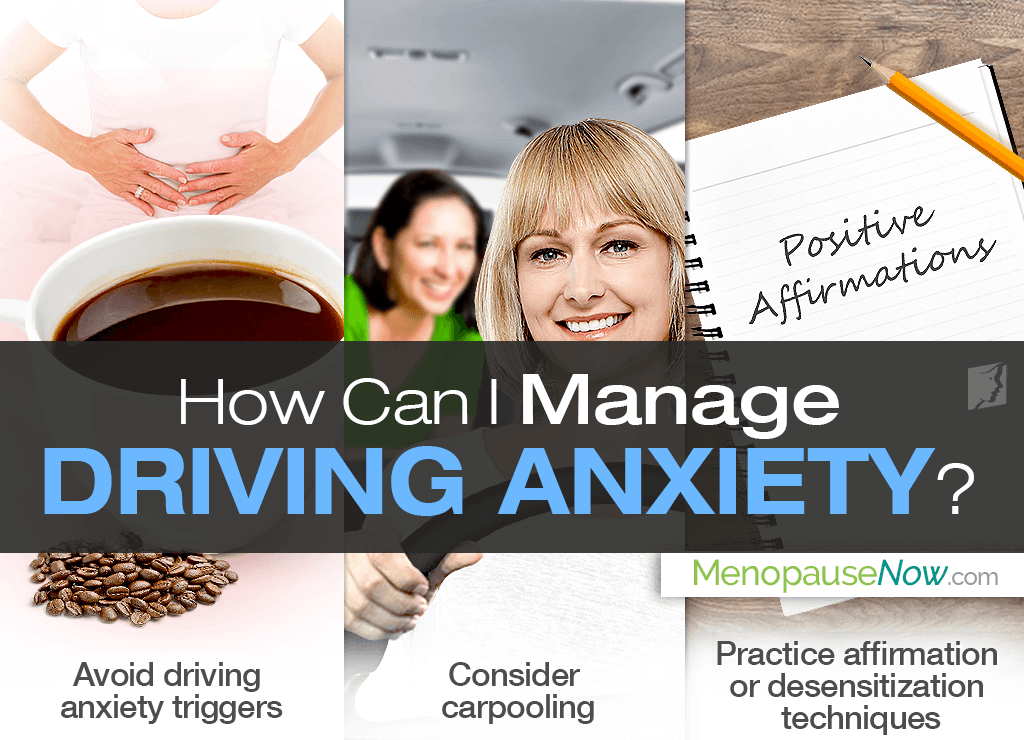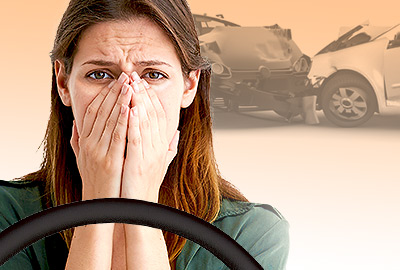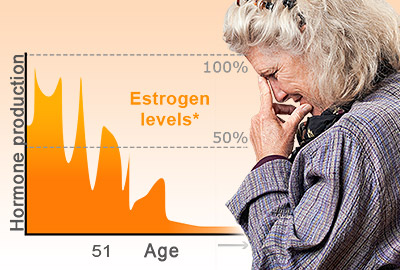Without a doubt, driving anxiety - a type of anxiety - can seriously debilitate a woman's independence, causing her to be without mobility as she may be too frightened to drive or even enter a car. Luckily, there are ways to overcome the fear and get back to having a healthy relationship with transportation.
Continue reading to learn some of the most important information about driving anxiety, including its causes, symptoms, management, and treatment options, to get back on the road today.
What Causes Driving Anxiety?
Driving anxiety can be caused by many factors, including past experiences and fears. For instance, a near death car accident can cause the subconscious mind to be overly protective when driving. It can also be triggered by the fear of driving alone outside of one's comfort zone; being trapped (for example, in traffic); going too fast and losing control; and more.
In addition, it is reported that episodes of low blood sugar can cause anxious periods if a woman is driving or about to drive when her blood sugar levels dip. The most common causes of low blood sugar are from not eating or from a sharp drop in levels relatively soon after eating a meal high in simple carbs or sugar.
On the other hand, driving anxiety can also be triggered in those who are prone to anxiety or fear. This may be true of women who are passing through the menopausal transition due to declining reproductive hormones, which helped stabilize mental health in reproductive years.
What are Symptoms of Driving Anxiety?
The symptoms of driving anxiety are very similar to those of other types of anxiety that provoke the “fight or flight” response. They include heart palpitations, confusion, dizziness, dry mouth, shortness of breath, disorientation, sweating, and sweaty palms.
Driving anxiety can also cause extremely intense feelings in women as if they are going to die or lose their minds, which are characteristic of panic attacks.
How Can I Manage Driving Anxiety?
Women who suffer from driving anxiety can instill several measures in order to decrease the number of occurrences of anxious bouts.
For starters, avoid driving anxiety triggers, such as coffee or driving on an empty stomach, which correlates to the aforementioned low blood sugar. Moreover, consider carpooling, which will allow you to be less concentrated on anxious thoughts and give you time off from driving.
Furthermore, women suffering from driving anxiety can practice affirmation or desensitization techniques. Affirmations involve imagining as well as writing and reading aloud positive declarations about one's ability to drive calmly right before going to bed and when awakening the next day.
Likewise, desensitization includes putting yourself in driving situations that trigger anxiety bit by bit. For example, if just the thought of driving causes extreme anxiety, sit in your parked car with the engine running. Notice the anxiety arising within you, and accept it. Do this more frequently until you can be in the car with the engine running without anxious episodes.
Can I Treat Driving Anxiety?
While aforementioned management techniques may keep the symptom at bay, treating anxiety, which includes driving anxiety, starts with handling the underlying cause.
For menopausal women who are prone to having anxious bouts, driving anxiety can be due to or aggravated by hormonal imbalance.
Bringing about hormonal equilibrium starts by making lifestyle adjustments with an enhanced diet, wholesome habits, and regular exercise. Menopausal women with proven estrogen deficiencies should incorporate plentiful amounts of phytoestrogens into their diet, which are plant-based estrogens that help increase endogenous levels.
Also, partake in wholesome habits - think: quitting smoking, limiting alcohol consumption, reducing stress, etc. - and regular exercise at least 30 minutes a day, five days a week to promote endocrine system health.
For improved results, consider the use of alternative medicine. Phytoestrogenic herbal supplements, like black cohosh and red clover, contain more potent concentrations of phytoestrogens than food alone, while hormone-regulating supplements, like Macafem, nourish the endocrine glands to encourage the body to produce the hormones it needs. Since they do not introduce outside hormones into the body, they can be considered one of the safest ways to resolve hormonal imbalance.
Women who are suffering from driving anxiety due to other causes should discuss specific management and treatment options with their trusted healthcare professionals.
Key Takeaways
In sum, driving anxiety can be caused by past experiences and concerns or low blood sugar, and it can also be triggered in those who are prone to anxiety. It can provoke symptoms of dizziness, shortness of breath, sweating, heart palpitations, and even panic attacks. While driving anxiety can be managed, it is best treated by targeting the underlying cause. For women passing through the menopausal transition, this underlying cause is most likely hormonal imbalance, which can initially be tackled with lifestyle adjustments and alternative medicine.
Sources
- Anxiety and Depression Association of America. (n.d.). Fear of Driving. Retrieved December 11, 2018, from https://adaa.org/learn-from-us/from-the-experts/blog-posts/consumer/fear-driving
- Hypnosis Motivation Institute. (2012). How to Deal with Driving Anxiety. Retrieved December 11, 2018, from https://hypnosis.edu/articles/driving-anxiety




